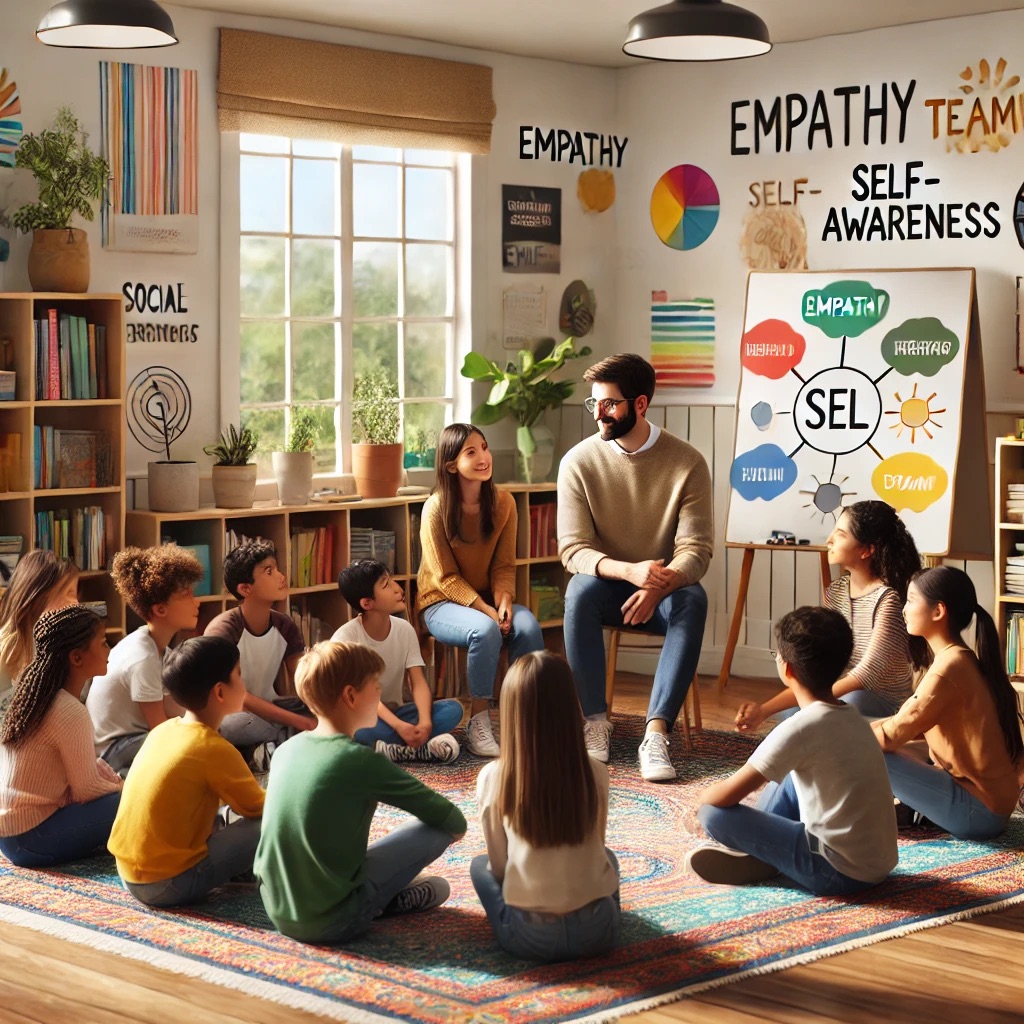Understanding Impulsivity: A Guide for Teens

Impulsivity is a term that you might have heard before, but what does it really mean, and how does it affect your life? For teenagers, understanding impulsivity is especially important because the teenage years are a time of significant brain development and decision-making. Let’s break it down.
What is Impulsivity?
Impulsivity refers to acting on a whim or without thinking about the consequences. It’s when you make a decision or take action quickly, without pausing to consider whether it’s a good idea or not. While everyone acts impulsively sometimes, for some people, impulsivity happens more often and can lead to challenges in school, relationships, and personal growth.
Why Are Teens More Impulsive?
During your teenage years, your brain is still developing, especially the prefrontal cortex—the part of your brain responsible for decision-making, planning, and self-control. Meanwhile, the amygdala, which drives emotions and impulsive reactions, is highly active. This imbalance can make it harder to think through actions before you take them. It’s not your fault—it’s just how your brain works during this stage of life (Casey et al., 2008; Steinberg, 2013).
Examples of Impulsivity
Impulsivity can show up in different ways, such as:
- Blurting out answers in class before the teacher finishes the question.
- Interrupting conversations without waiting for your turn to speak.
- Taking risks, like skipping homework to play video games or trying something dangerous without thinking about safety.
- Spending money quickly on things you don’t need instead of saving for something important.
Positive and Negative Sides of Impulsivity
Impulsivity isn’t always a bad thing. Sometimes, being spontaneous can lead to exciting experiences, like trying a new hobby or making a new friend. However, when impulsivity leads to poor choices or harmful consequences, it becomes a problem.
For instance, acting on an impulse might result in:
- Getting into arguments because you said something without thinking.
- Losing trust with friends or family because of reckless decisions.
- Struggling with schoolwork due to procrastination or distractions.
How to Manage Impulsivity
The good news is that you can learn to manage impulsivity with practice and support. Here are some strategies:
- Pause Before Acting: When you feel the urge to act quickly, count to ten or take a deep breath. This gives your brain time to catch up and think.
- Set Goals: Having clear goals can help you focus and avoid impulsive decisions that might derail your plans.
- Practice Self-Reflection: After making a decision, reflect on what went well and what you could improve next time.
- Ask for Help: Talk to a trusted adult, teacher, or counselor if impulsivity is causing problems in your life.
When to Seek Support
If impulsivity is making it hard for you to succeed in school, maintain friendships, or stay safe, it’s important to reach out for help. Conditions like ADHD (Attention-Deficit/Hyperactivity Disorder) are often linked with impulsivity, and professionals can offer tools and treatments to help manage it (American Psychiatric Association, 2013; Barkley, 2015).
Conclusion
Impulsivity is a natural part of being a teenager, but it doesn’t have to control your life. By understanding why it happens and using strategies to manage it, you can make smarter decisions and take control of your actions. Remember, it’s okay to ask for help when you need it—your future self will thank you.

This article has been written by John S. Collier, MSW, LCSW. Mr. Collier has over 25 years of experience in the Social Work field. He currently serves as the Executive Director and Outpatient Behavioral Health Therapist at Southeast Kentucky Behavioral Health, LLC based out of London Kentucky. Me may be reached at (606) 657-0532 Ext 101 or by email [email protected].
References
American Psychiatric Association. (2013). Diagnostic and statistical manual of mental disorders (5th ed.). Washington, DC: Author.
Barkley, R. A. (2015). Attention-deficit hyperactivity disorder: A handbook for diagnosis and treatment (4th ed.). New York, NY: Guilford Press.
Casey, B. J., Jones, R. M., & Hare, T. A. (2008). The adolescent brain. Annals of the New York Academy of Sciences, 1124(1), 111–126. https://doi.org/10.1196/annals.1440.010
Diamond, A. (2013). Executive functions. Annual Review of Psychology, 64, 135–168. https://doi.org/10.1146/annurev-psych-113011-143750
Steinberg, L. (2013). The influence of neuroscience on US Supreme Court decisions about adolescents’ criminal culpability. Nature Reviews Neuroscience, 14(7), 513–518. https://doi.org/10.1038/nrn3509
Tamm, L., & Nakonezny, P. A. (2020). Executive function and impulsivity in adolescent decision making. Journal of Adolescence, 80, 64–70. https://doi.org/10.1016/j.adolescence.2020.02.003







